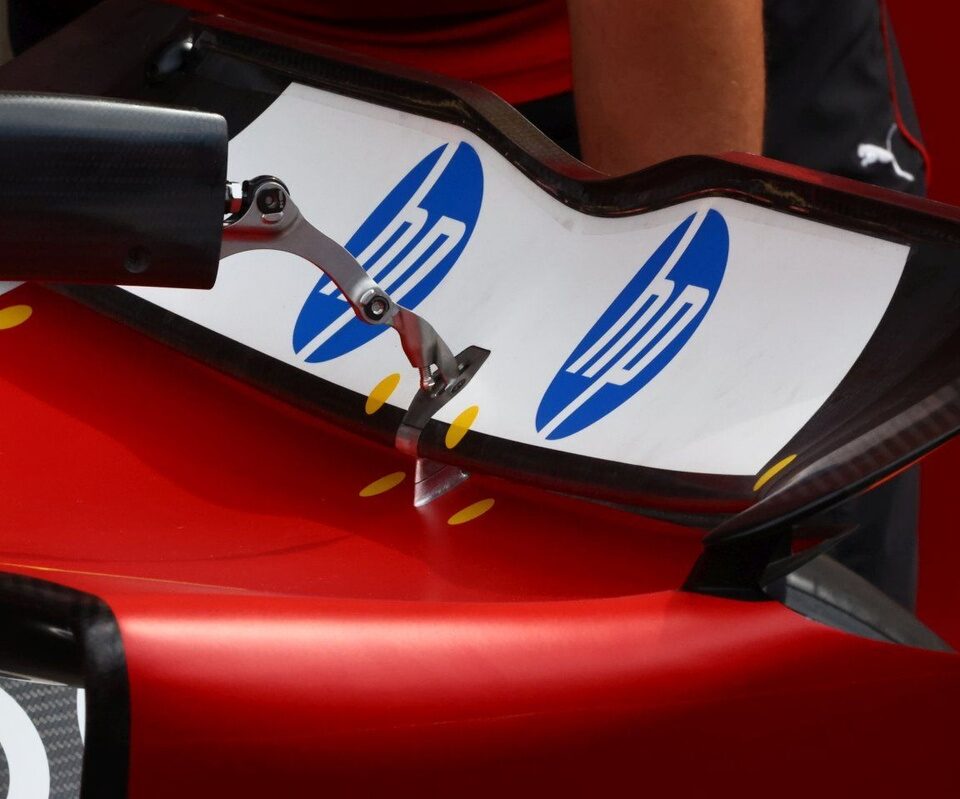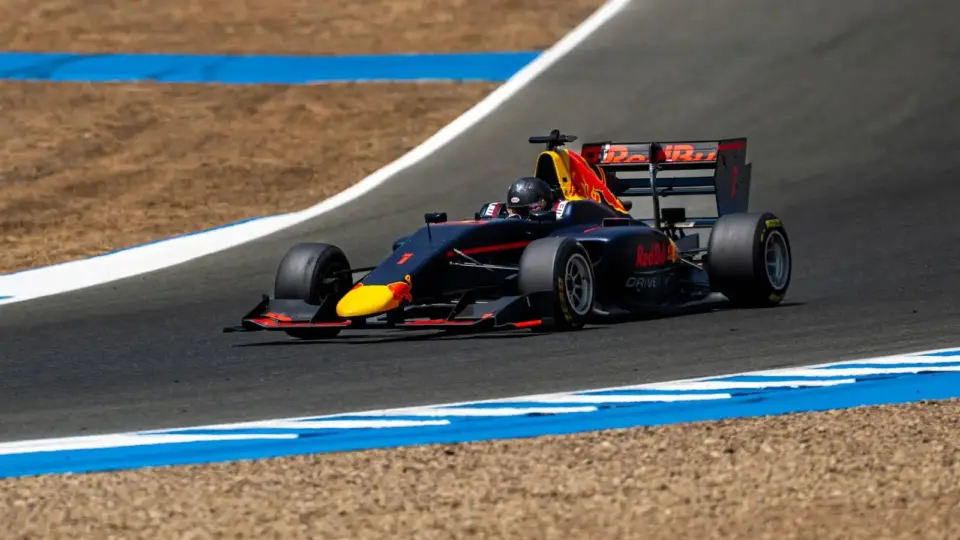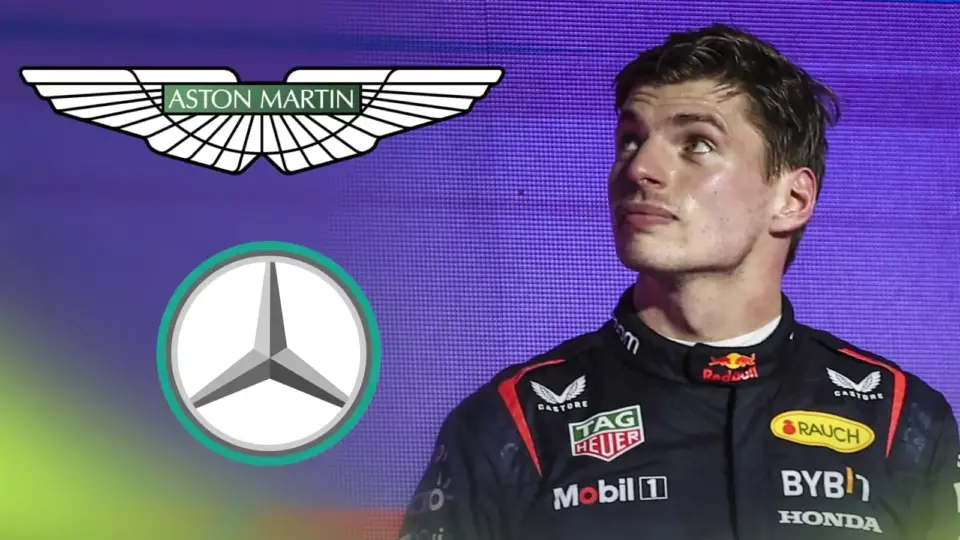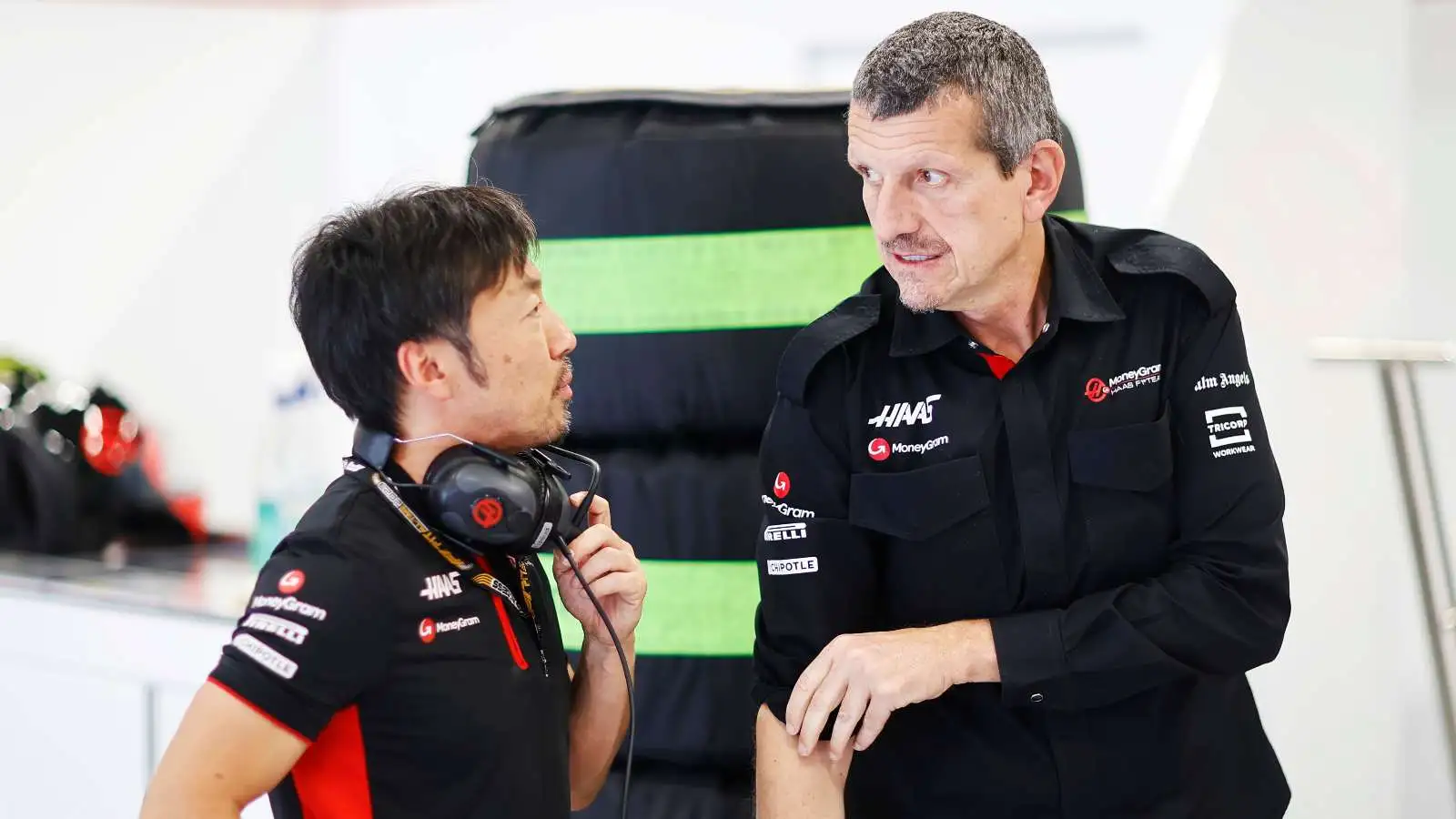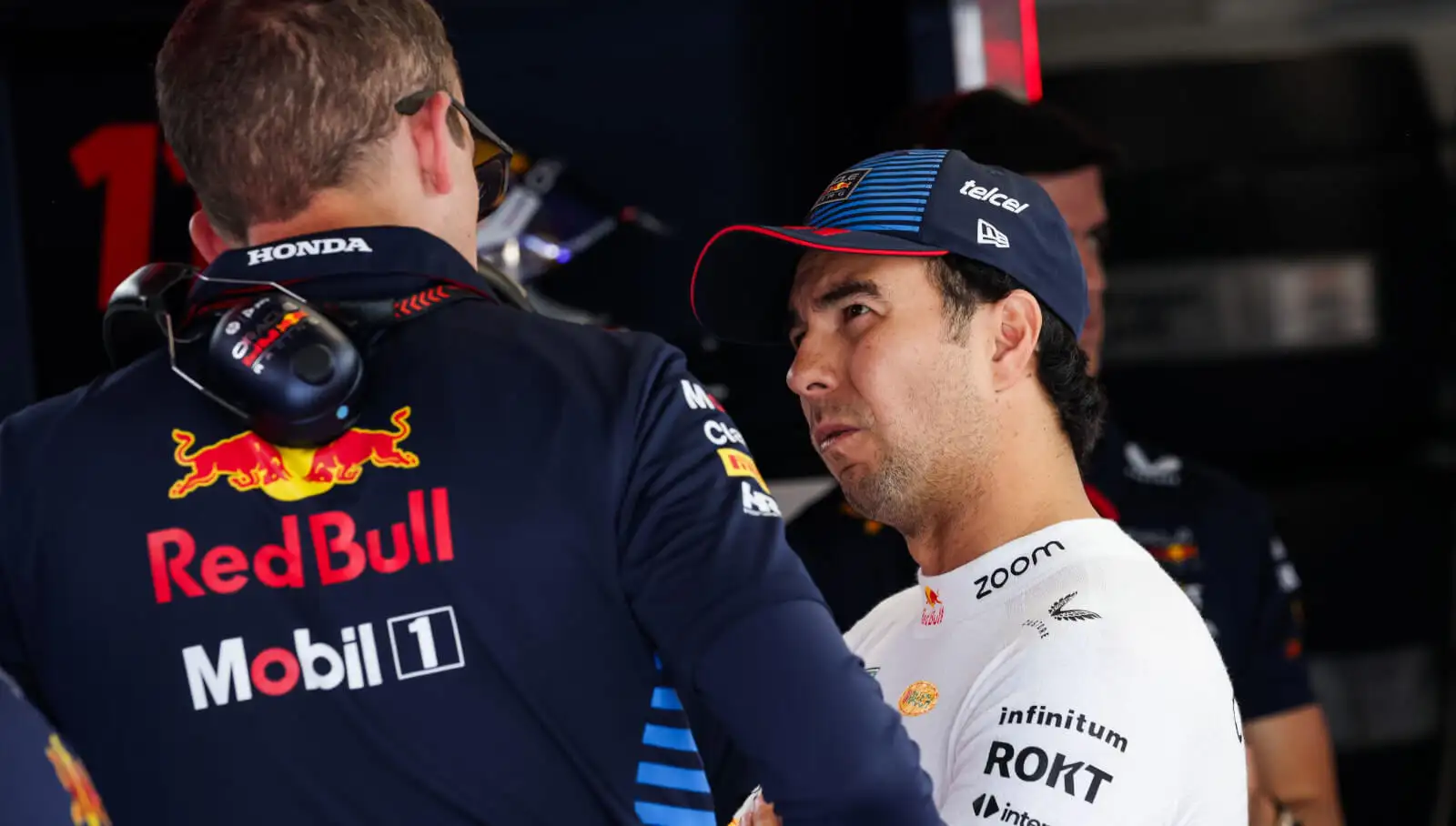Formula 1 teams have unveiled new front and rear wing configurations to tackle the unique demands of the Spa-Francorchamps circuit this weekend.
Several Formula 1 teams have introduced new wing specifications to navigate the challenging Spa-Francorchamps circuit. These changes are primarily aimed at depowering the wings to reduce downforce and drag, which is crucial for the first and third sectors of the track. However, teams must also consider the twisty and technical second sector, which prevents them from going to extremes with their modifications.
Adjustments to the front wing revolve around trimming the upper elements’ trailing edge to balance the rear wing choices. Ferrari, in particular, has several options to test during Friday’s practice sessions to make a more informed decision. At the rear, changes are more apparent as teams reduce the size of the allowed elements within the rear wing’s box region, tailoring the design to decrease downforce and drag.
One noteworthy adaptation is Ferrari’s rear wing design, reminiscent of last year’s Spa configuration. The new design features a similar mainplane and top flap, with a semi-circular trailing edge notch making a return. Additionally, Ferrari has updated the tip section’s connection to the endplate, moving away from the rolled-over inboard mounting used last season.
Similarly, McLaren’s rear wing also showcases a semi-circular notch in the upper flap’s trailing edge, adjusted based on the flap size. The team has modified the angle of attack and shape of the tip section to work effectively with the upper flap and rear corner endplate cutout. They’ve also introduced a new, single-element beam wing that is more offloaded in the outer section, paired with brake duct revisions and the removal of the upwashing swage line on the endplate’s outer face.
The RB F1 Team has taken a more extreme approach with their beam wing and rear wing at Spa. The rear wing mainplane is significantly flattened, paired with an upper flap featuring a low angle of attack and a large upper rear endplate cutout. Their bi-plane configured beam wing is also more flattened compared to other configurations they’ve employed this season.
Formula 1 teams are continually adapting their car configurations to meet the unique demands of each circuit. The changes at Spa demonstrate the balance teams must strike between reducing downforce and maintaining control through technical sections. These aerodynamic tweaks are critical in optimizing performance and ensuring competitiveness in such a challenging track environment.
